
According to the 2020 national census, the population of Indonesia reached 270 million people. From its large population, Indonesia possesses over 1,300 ethnic groups with Javanese (40%) as the largest ethnic group. Other well-known ethnicities besides the Javanese include Sundanese, Malay, Batak, Minangkabau, Chinese, Betawi, Bugis, Balinese, Acehnese, Dayak, and more. However, there is one ethnic group that is often overlooked or left out of school history books: the Eurasian people, commonly known as the Indo people.
Who are the Indo People?
The Indo people are considered to be Eurasian people living or connected with Indonesia. The term widely used to acknowledge the group of people that have mixed of both Dutch or other European ancestry with Indonesian ancestry. During the colonial era, this term used in the Dutch East Indies and it is applicable to those Europeans with partial Asian ancestry. Most of these Indo people predominantly possess a Dutch origin. However, some also possess Portuguese, British, French, and even German ancestry.
The term Indo originally recorded in 1898. In addition, other terms used to call these Eurasian people includes ‘Dutch-Indonesians’, Indo-Europeans, ‘Indo-Dutch’, and ‘Dutch-Indos’.
History of the Indo People
During the VOC era
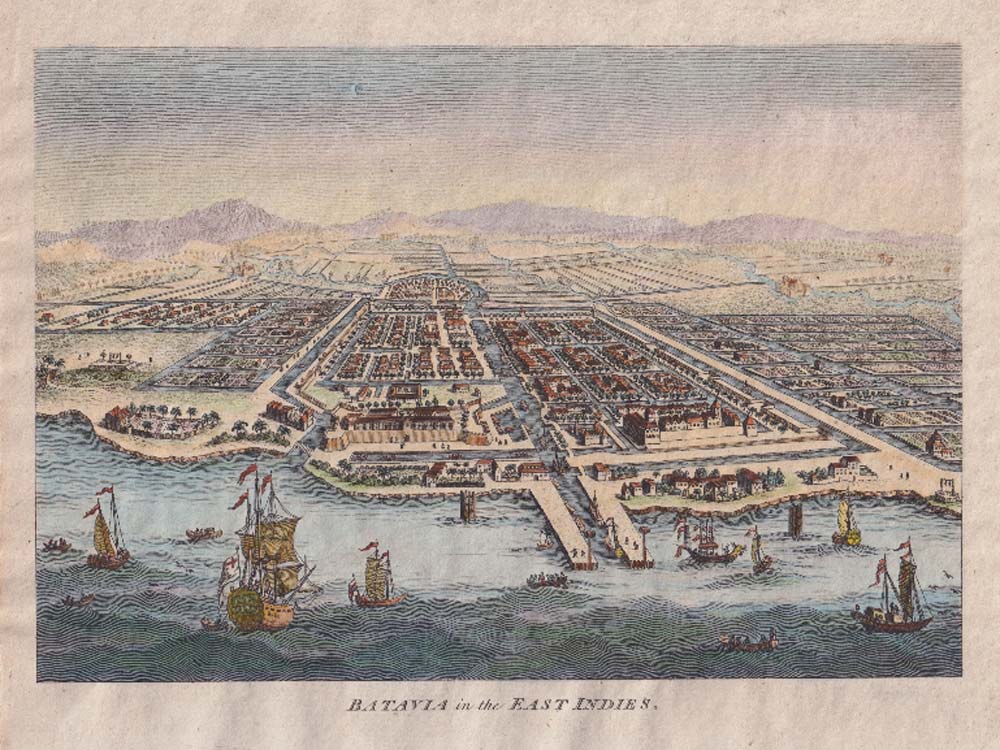
During their time in Indonesia, VOC sent 1 million employees and most of these people consisted of a single man. Most of these employees were sent to Batavia, which is considered to be the VOC’s headquarters.
In order to establish a presence in the East Indies, VOC encouraged racial mixing between the European employees and the indigenous people. A large proportion of these employees decided to build their own families in the new land, which created their own local Indo-Eurasian families.
Additionally, the VOC needed European representation to fill the higher positions to run the local business. With the presence of the Indo population of Dutch descent, they were chosen to fill these vacant positions. These Indo populations had an advantage especially in conversing both Dutch and the local language.
Over centuries of Dutch and Portuguese trade in the archipelago, a large Indo-Eurasian population developed. With the formal colonization of the Dutch East Indies in the coming century, the majority of the Europeans registered were actually the Indo-Eurasian people.
During the Colonial Era
With the bankruptcy of VOC in the early 19th century, the formal colonization of the East Indies began. In 1860, there were only 1,000 European females against 22,000 European males. These males consisted of government officials, businessmen, planters, and military men without wives. Due to this situation, these European males started their relationship with the native women and their offspring considered to be the European legal class in the colony.
Only by the end of the 19th century, more Dutch women started to arrive in the Dutch East Indies colony. The increasing population of the mainland Dutch, accelerate the assimilation between the Indo-Eurasian culture and the mainland Dutch culture. At the end of the colonial era, Dutch East Indies’ population consisted of 300,000 Indo-Europeans and they were recognized as Dutch citizens.
Also during this time, An Indo movement led by a political organization called Indo Europeesch Verbond (Indo-European Alliance) started to appear. Their main goal was to create independent status within a Dutch commonwealth. They also had the vision to put the Indo-European segment in an essential position within society.
Post-Independence Era
In 1946, the British troops entered Indonesia with the objective to protect the Dutch and Dutch-Indo populations that were previously captured by the Japanese. With the rise of nationalism throughout the archipelago, the natives did not accept the Dutch troops to re-enter their former colony in peace.
In March 1946, the peace turned into tensions and conflicts. However, the Dutch and Indonesian nationalists made an agreement. In the agreement, the Dutch admit the declaration of the new republic of Indonesia under circumstances below:
- Indonesia should be a federal state
- Indonesia included as a part of the Dutch-Indonesian Union.
- The Head of this union would be the Dutch royal dynasty.
However, this agreement did not last since the Dutch parties changed some parts of the agreement. One of the changes here includes leaving the island of Papua under the Dutch government. With all these agreements, militias in the colony became more active and it threatened the life of the Indo people. Also, during this year the Dutch brought more troops from the Netherlands to quell the tension. This conflict later known as the Indonesian national revolution, which ended on December 27, 1949.
Aftermath of the Indo People
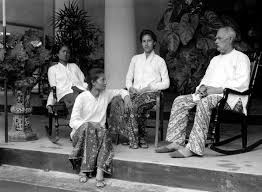
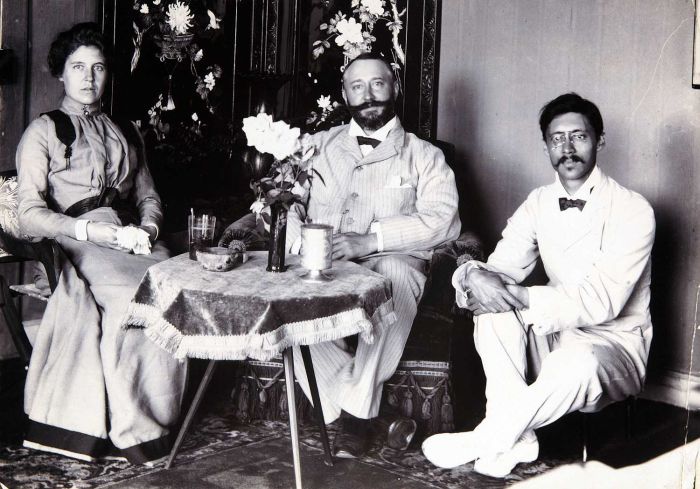
After the handover of the sovereignty, only a few percent stayed and took Indonesian citizenship. Around 300,000 Dutch-Indo chose to be repatriated to the Netherlands. This repatriation took a few years and lasted until 1967.
In the Netherlands, an estimation made by NIDI (Nederlands Interdisciplinair Demografisch Instituut) claimed that there are 1.5 million people with Dutch-Indo ancestry. The Indo community in the Netherlands, considered by many as the best-integrated ethnic in the Netherlands.
In addition, a study from 1999 by CBS mentioned that the Indos possess an average income similar to the citizens born in the Netherlands. Indo’s job participation in the government, healthcare, and education also considered to be high.
On the other hand, the estimation of people with Indo ancestry in Indonesia reached around 900,000 individuals. However, the exact or official number remains unknown. These groups of people made their communities that spread in cities such as Jakarta, Semarang, Surabaya, Magelang, and Sukabumi.
During the Soeharto era, Dutch-Indo were treated the same as the Chinese minority, and they had to change their family names into more Indonesian names. However, the current trend shows that the Dutch-Indo started to revert to their old family names back.
During the Soeharto era, Indos were grouped with other minorities such as the Chinese, Arabs, and Indians, and were often pressured to adopt more Indonesian-sounding names. Today, however, many Indos are reclaiming their original family names as part of a broader cultural revival.
Contribution of the the Indo People in Modern Indonesia
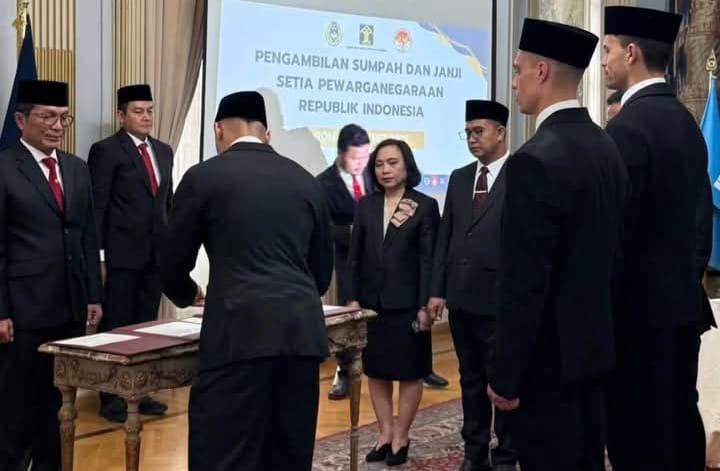
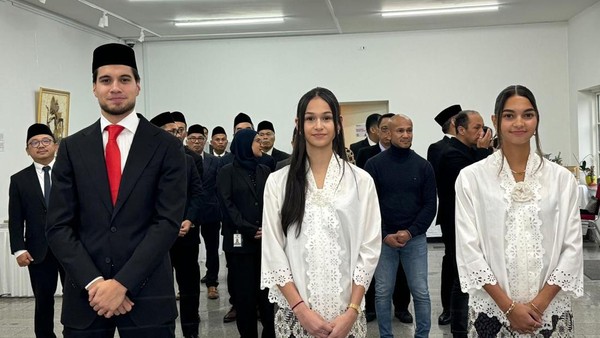
The reformation era marked a new chapter in Indonesia’s relationship with its colonial past. During this era, Indonesia is witnessing the reemergence of many Indo-European individuals who began reconnecting with their ancestry roots.
Many of these individuals returned from the Europe to Indonesia, contributing across various sectors, particularly in sports and entertainment industry. Their return to Indonesia brought global perspectives and bicultural identity that enriches modern Indonesian society. One of the famous examples can be seen in the world of football.
Sports: bridging differences through football
In recent years, the presence of the footballers had a transformative impact on the Indonesian national team. These players, born and trained in the Netherlands and other European countries before returning to Indonesia.
They brought a higher level of technical skill, tactical understanding, professional discipline, and experience developed in European football academies. Players like Sandy Walsh, Shayne Pattynama, Rafael Struick, Jordi Amat, Justin Hubner, Thom Haye, Jay Idzes and many more are part of a growing wave of Indo people who chose to represent Indonesia at the international stage.

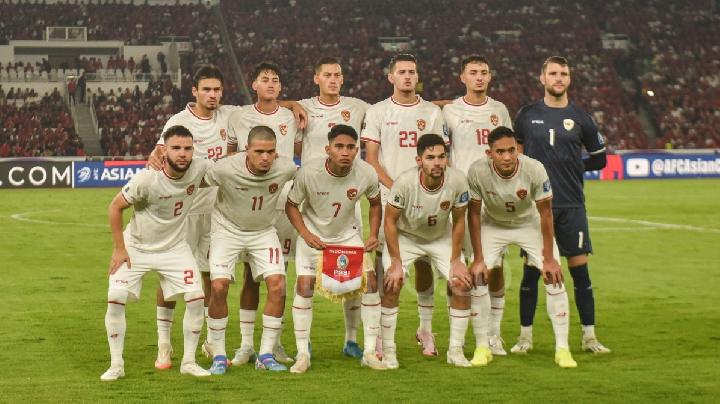
The inclusion of these players has raised the overall quality of the national squad. Their presence allowed Indonesia to compete more confidently in regional and international tournaments like Asian cup and world cup qualifiers. Their experience have influenced many local talents and the broader football ecosystem in Indonesia. Moreover, their presence has drawn greater international attention to Indonesian football, which attract more enthusiasm for the fans and inspiration to young players across the archipelago.
Off the pitch, many of these Indo athletes embraced their cultural roots by learning Bahasa Indonesia and engaging with local communities. Their actions made them become more than just athletes, they became a role models and cultural ambassadors. They also bridge two worlds and helping to redefine what it means to represent Indonesia in the modern era.
Notable Indo People with European ancestry
List of the European-Indo
The list of famous Indo people with Dutch citizenship:
- Giovanni van Bronckhorst (Dutch former footballer)
- John Heitinga (Dutch former footballer)
- Nigel De Jong (Dutch former footballer)
- Gerardus Johannes Berenschot (Former KNIL general commander)
- Sylvia Meis (Dutch celebrity and model)
- Ranomi Kromowidjojo (Dutch swimmer)
- Tijjani Reijnders (Dutch Footballer)
- Denny Landzaat (Dutch former footballer and assistant manager of Indonesian national team)
- Eddie Van Halen (Drummer of Van Halen band)
- Alex Van Halen (Guitarist of Van Halen band)
- Jayden Oosterwolde (Dutch Footballer)
- Nyck de Vries (Dutch racing driver)
- Jaïro Riedewald (Dutch footballer)
- Ferry Sonneville (Dutch badminton player)
- Kim Feenstra (Dutch model, TV personality)
- Sylvie Meis (Dutch TV presenter)
- Georgina Verbaan (Dutch actress)
- Vic Hayes (Dutch engineer, believed as the founder of WiFi)
List of the Indonesian-Indo
The list of famous Indo people with Indonesian citizenship:
- Ernest Douwess Dekker (Former politician and Indonesian nationalist)
- Suzzanna Martha Frederika van Osch (Indonesian actress known as queen of Indonesian horror)
- Cinta Laura Kiehl (Indonesian actress, singer, and model)
- Sandy Walsh (Indonesian footballer, Dutch-Javanese descent)
- Shayne Pattynama (Indonesian footballer, Dutch-Javanese descent)
- Justin Quincy Hubner (Indonesian footballer)
- Ivar Jenner (Indonesian footballer)
- Rafael Struick (Indonesian footballer)
- Ragnar Oeratmangon (Indonesian footballer)
- Elkan Baggot (Indonesian footballer, British ancestry)
- Emil Audero (Indonesian footballer, Italian ancestry)
- Jordi Amat (Indonesian footballer, descendant of Siau king)
- Thom Jan Marinus Haye (Indonesian footballer)
- Calvin Ronald Verdonk (Indonesian footballer)
- Jay Noah Idzes (Indonesian footballer)
- Nathan Tjoe-A-On (Indonesian footballer)
- Irfan Bachdim (Indonesian footballer, Dutch-Arab descent)
- Diego Michiels (Indonesian footballer, Dutch-Moluccan descent)
- Frans Mohede (Indonesian singer and actor, Dutch-Moluccan descent)
- Arumi Bachsin (Indonesian actress)
- Donna Agnesia (Indonesian celebrity)
- Paula Verhoeven (Indonesian celebrity)
- Indra Bruggman (Indonesian actor)
- Ivar Jenner (Indonesian Footballer)
- Rafael Struick (Indonesian Footballer)
- Kevin Diks Bakarbessy (Indonesian Footballer)
- Ole ter Haar Romeny (Indonesian Footballer)
- Jens Raven (Indonesian Footballer)
- Mees Victor Joseph Hilgers (Indonesian Footballer)
- Eliano Johannes Reijnders (Indonesian Footballer)
- Joey Mathijs Pelupessy (Indonesian Footballer)
- Dean Ruben James (Indonesian Footballer)
References
http://indocentric.weebly.com/indo-history-in-depth.html

One thought on “Indo People in Indonesia: Celebrating Dutch-Indo Heritage and Legacy”